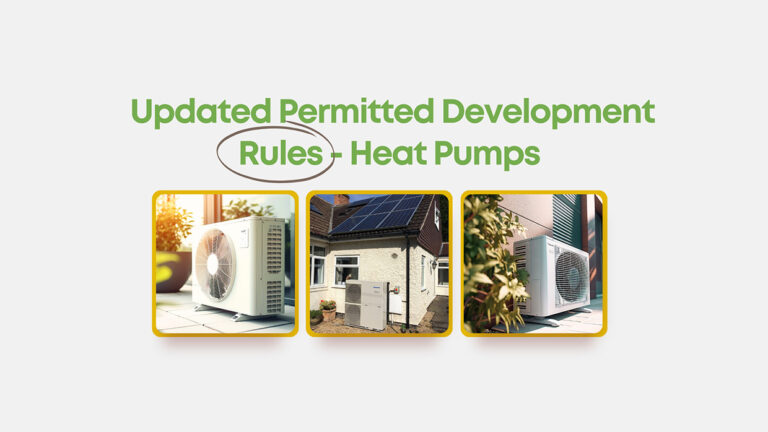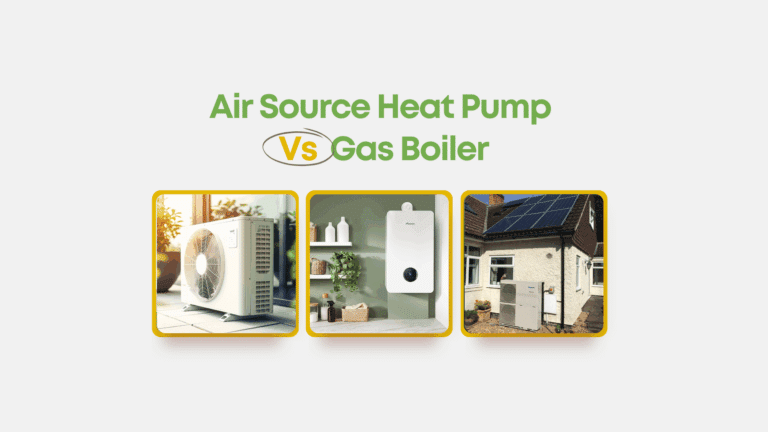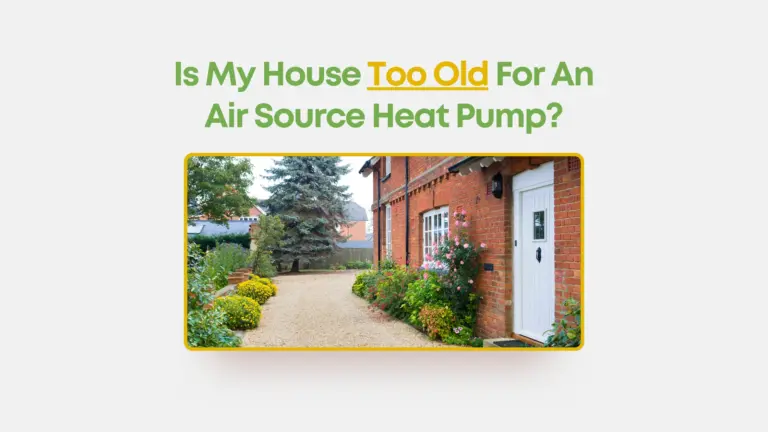
Any, and all types, of heating systems will be impacted by a homes insulation level, regardless of if the insulation is present in the walls, floors, or roof.
When a home is well insulated, it traps the heat inside better, meaning the heat created by your heating system will stay in your home and not escape outside. This, in turn, means that the heating system will use less energy to create the same temperature in the home.
Homes with higher levels of insulation are able to maintain a more consistent indoor temperature and use less energy to heat the home. While new buildings may come with good built-in insulation, if you live in an older property, it may be worth investing in insulation.
Specifically with Air Source Heat Pumps, insulation is even more crucial as heat pumps generally have lower running temperatures than boiler systems, so you need good insulation to ensure consistency in room temperature. Homes with higher levels of insulation were able to maintain a more consistent indoor temperature, even during extreme weather conditions. This resulted in lower energy use for heating and cooling the home.
Another reason that insulation levels are important is so you can be granted £7,500 off your installation with the government-funded boiler upgrade scheme.
It is required that any loft space needs to have 200mm insulation and any cavity walls require insulation also. Solid walls do not apply, and you are still able to use the grant if your property has solid walls, as long as you loft insulation is 200mm.
These guidelines have been put in place to ensure properties are well-suited to their new air source heat pump installation.
Other ways you can improve insulation is by adding plasterboard to the internal walls, introducing thick curtains or buying draught excluders. These are cheap, non-disruptive ways to improve efficiency on top of loft/ wall insulation.







